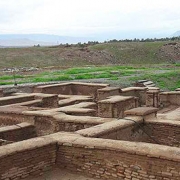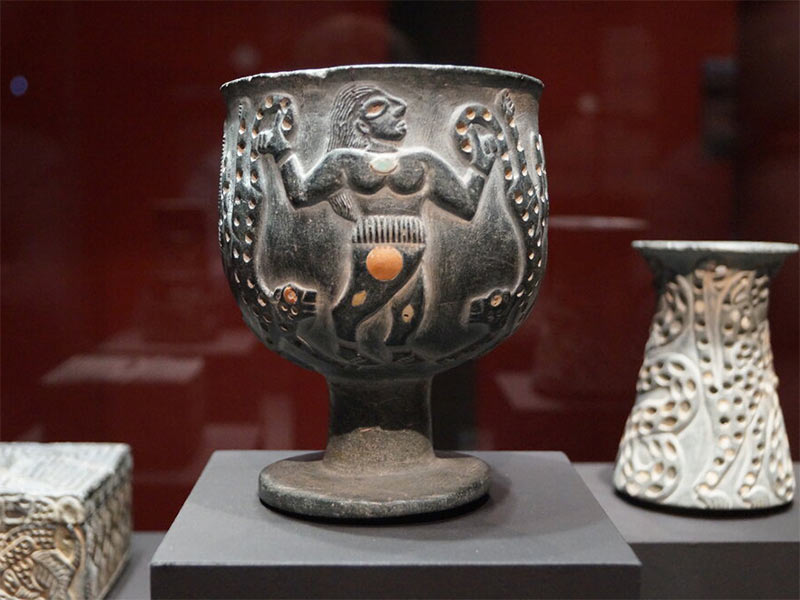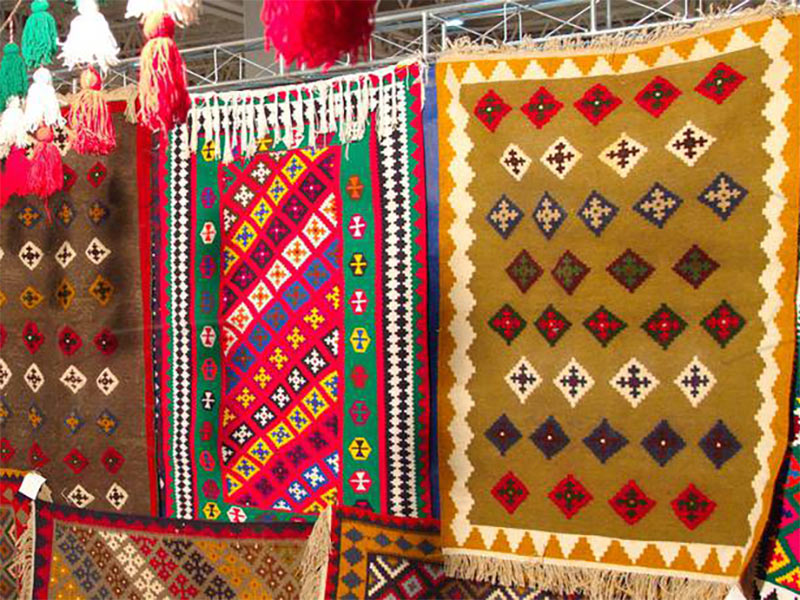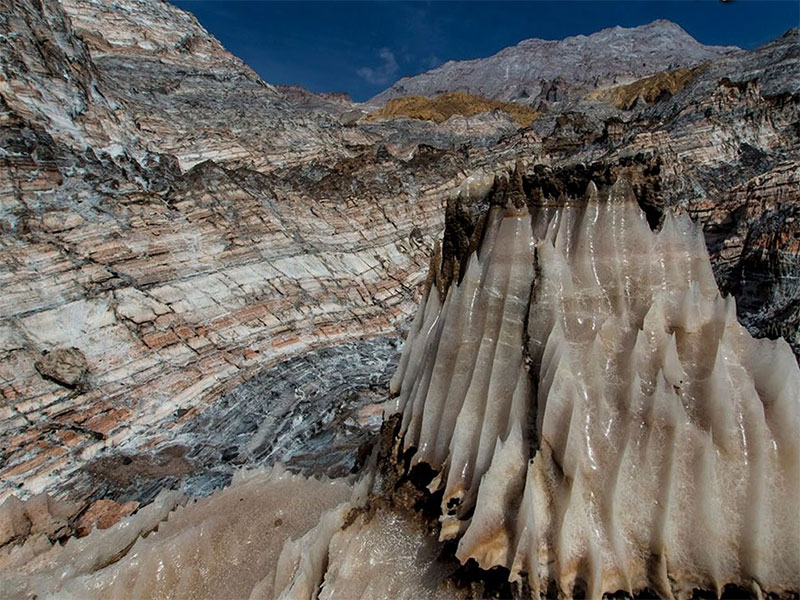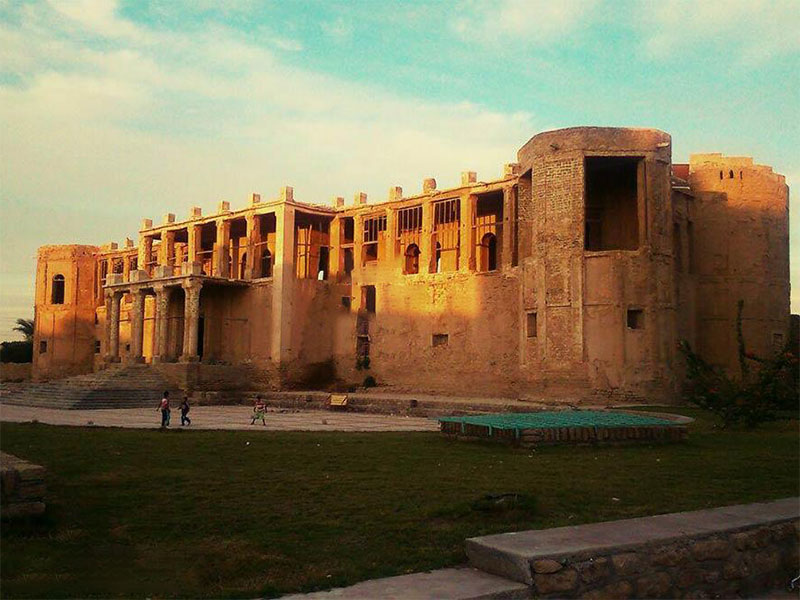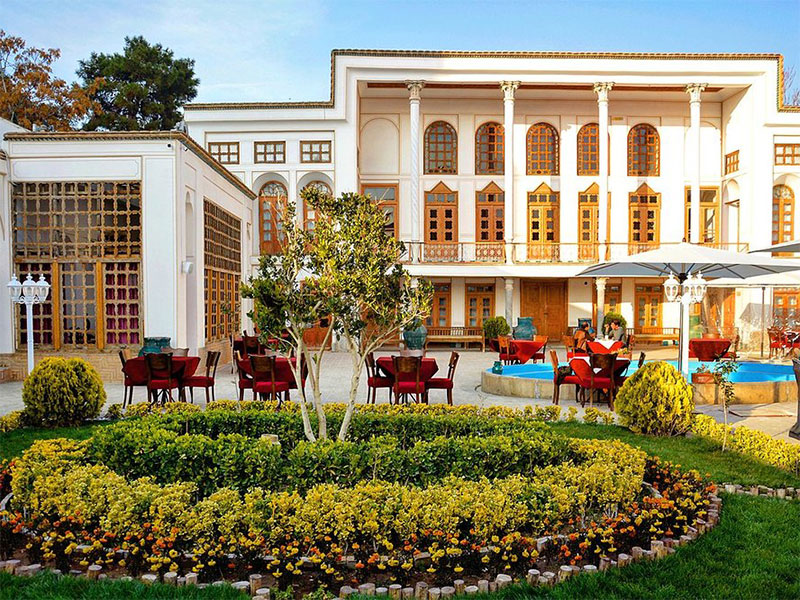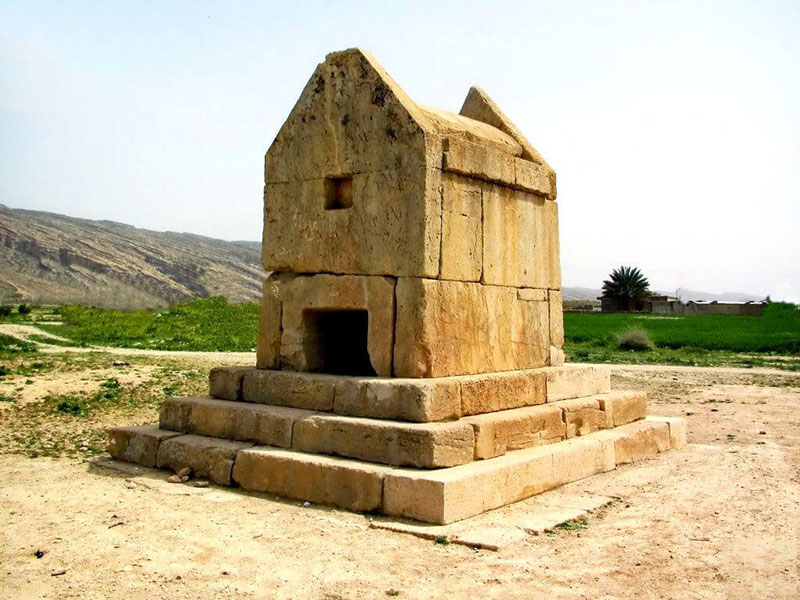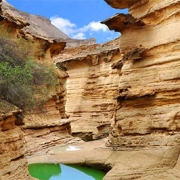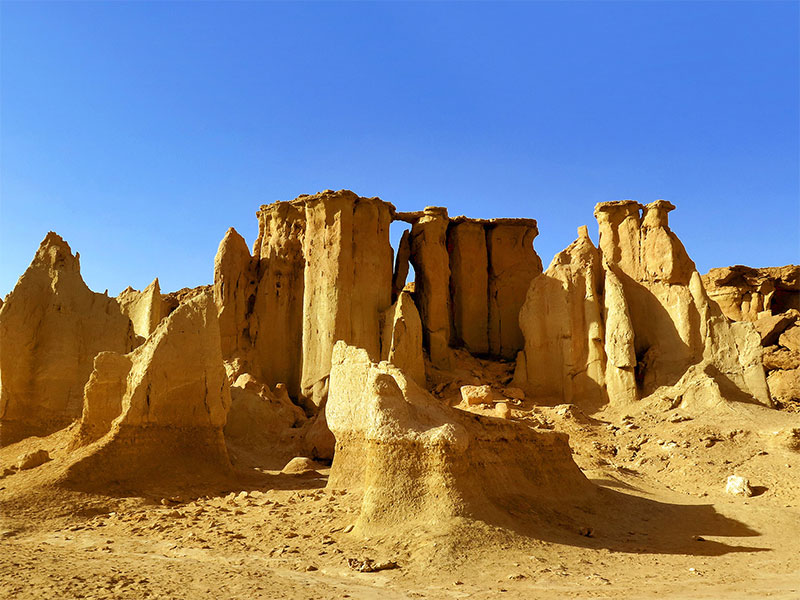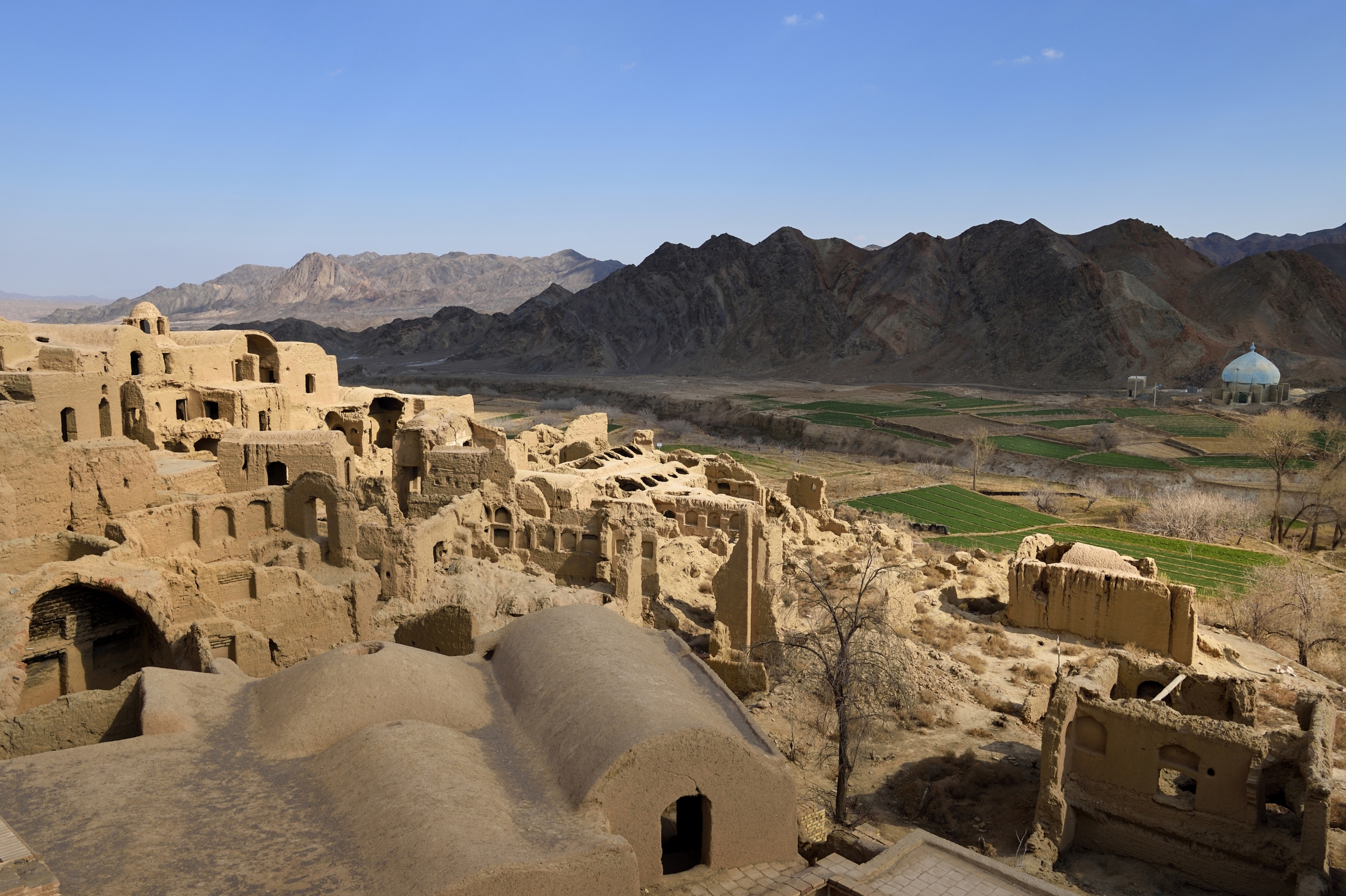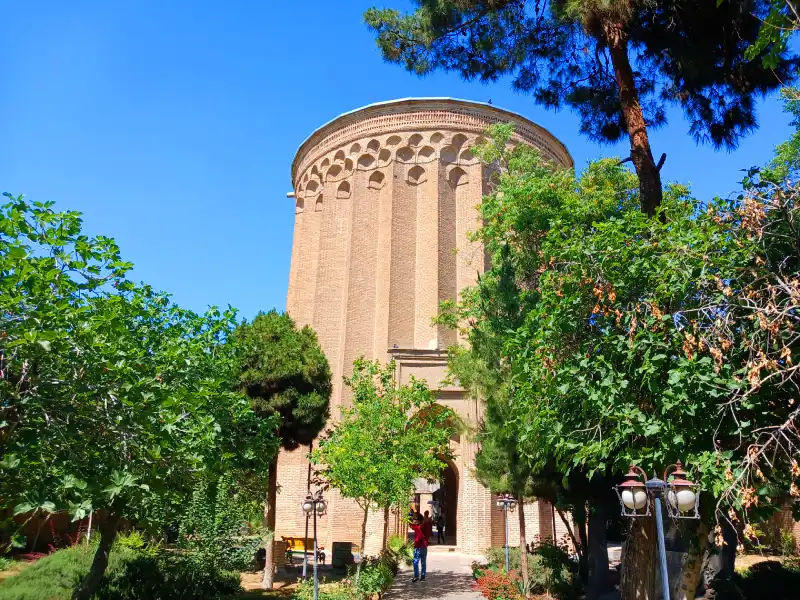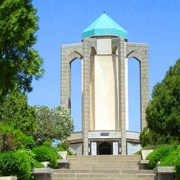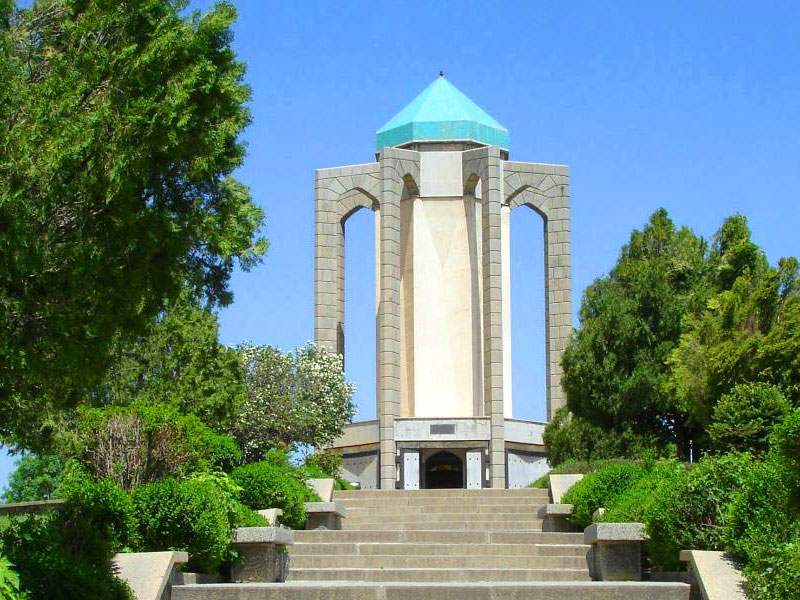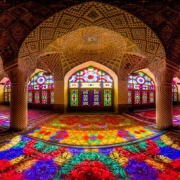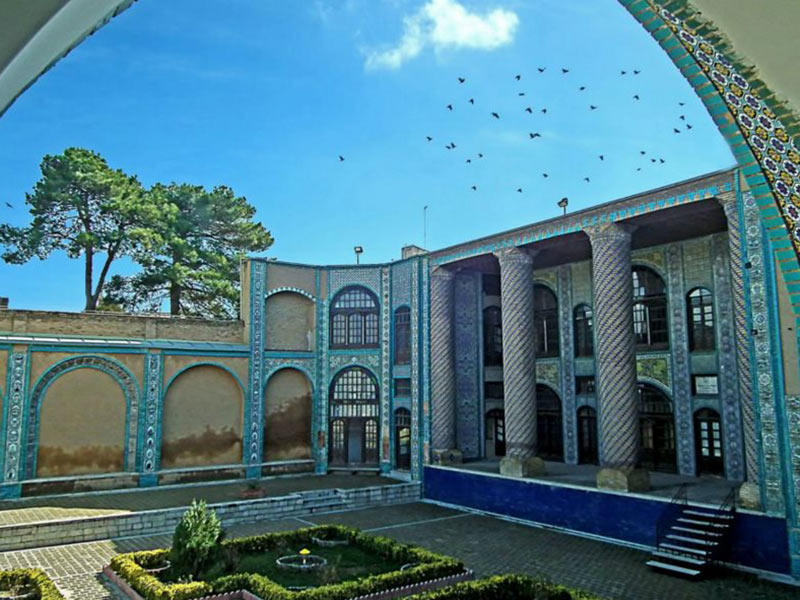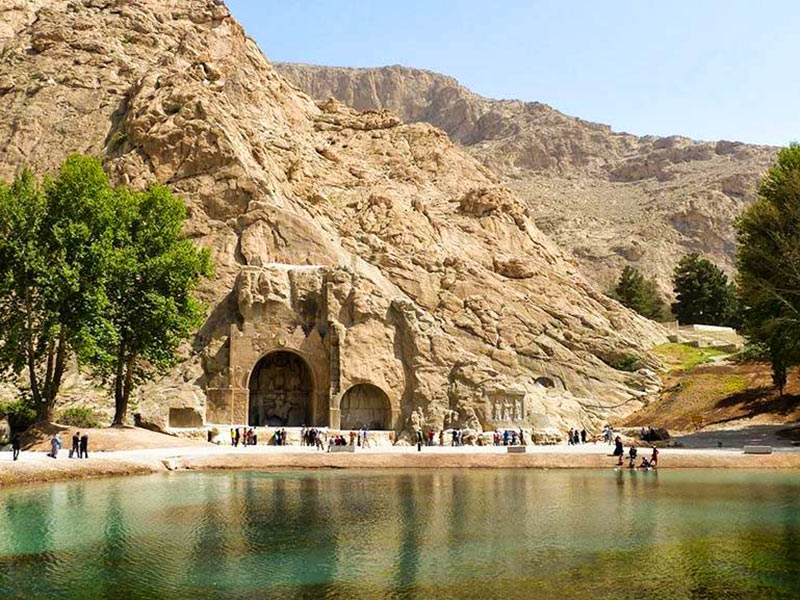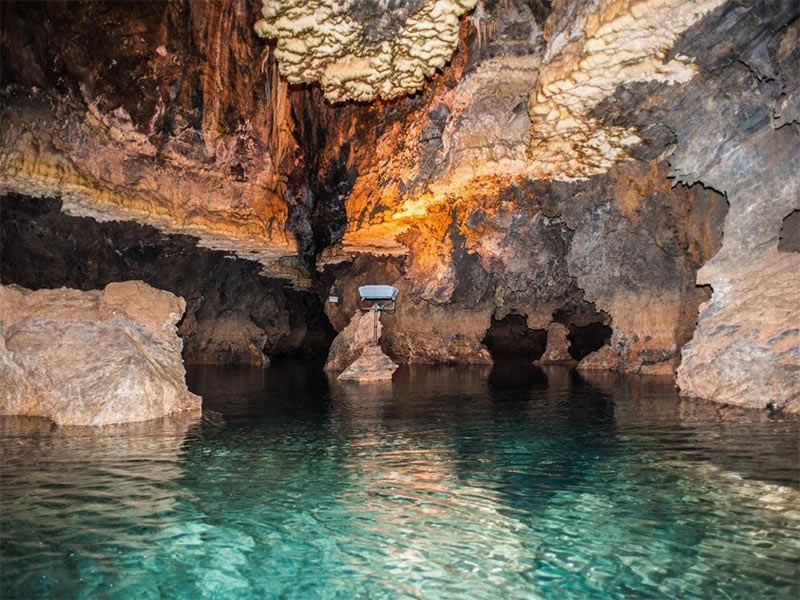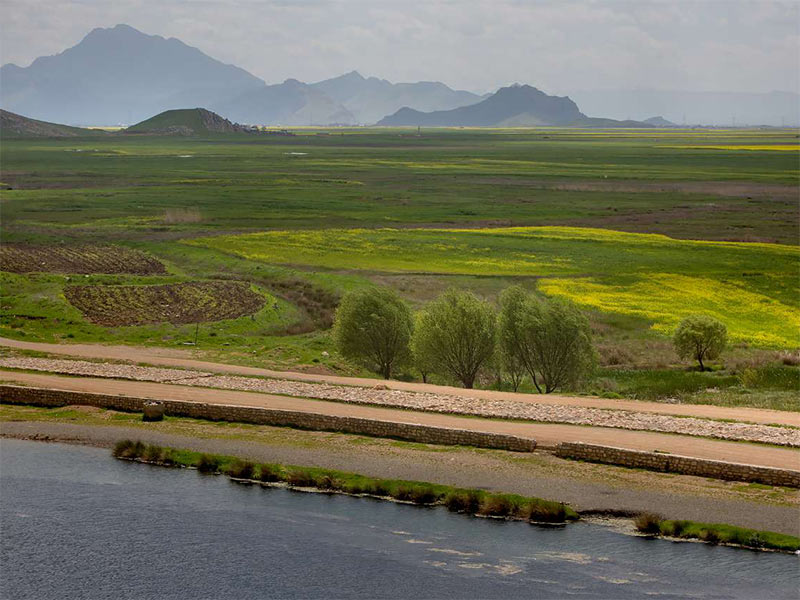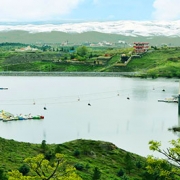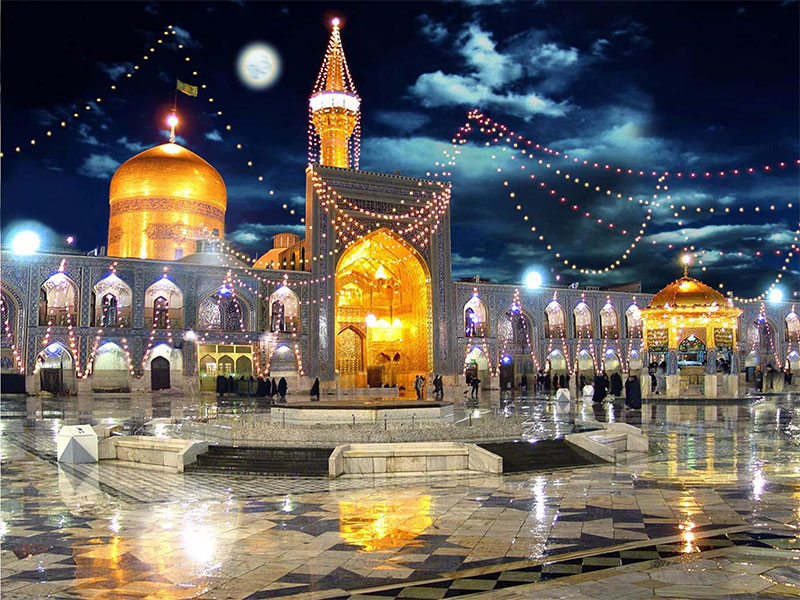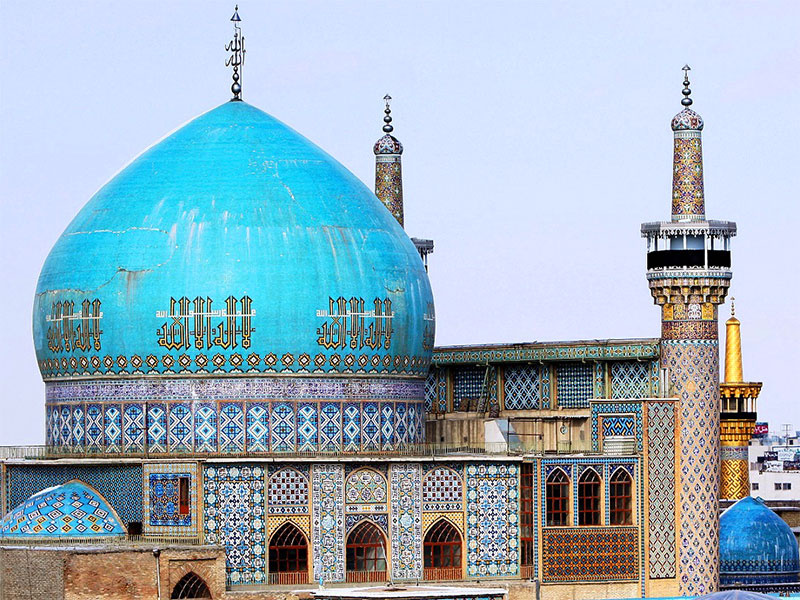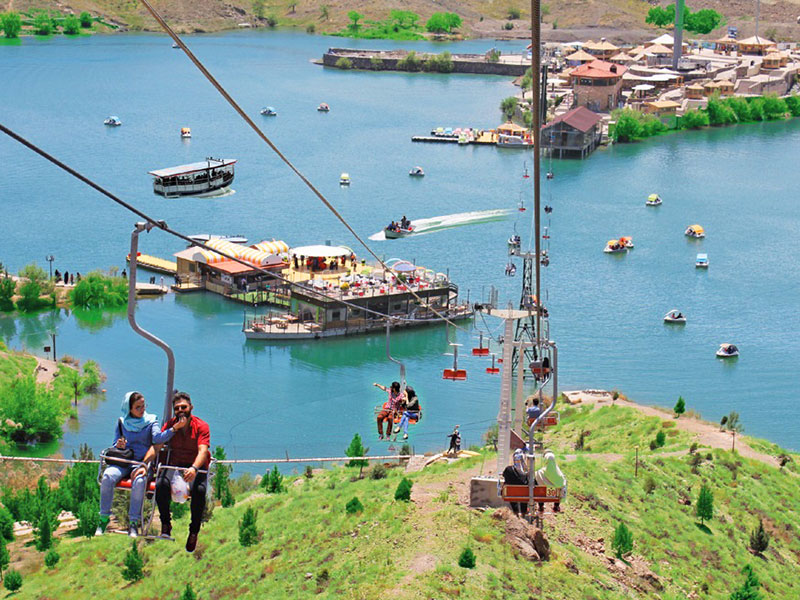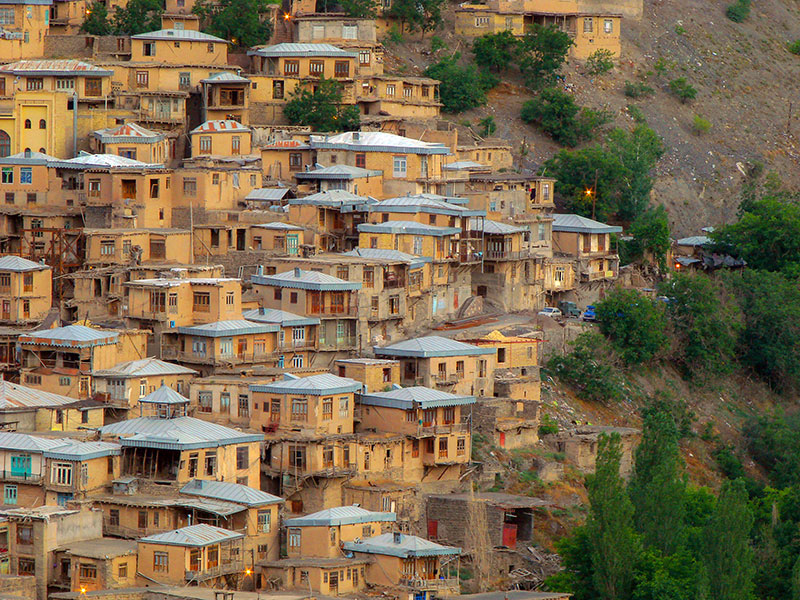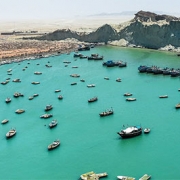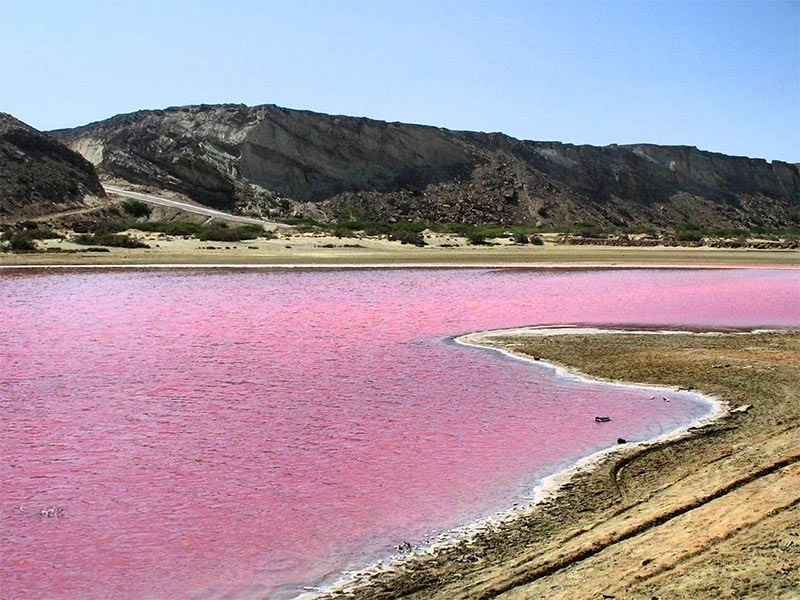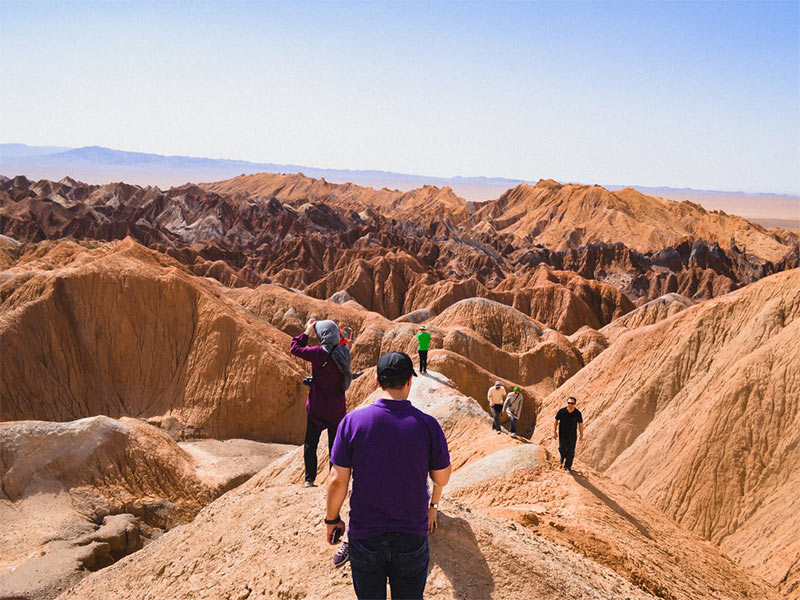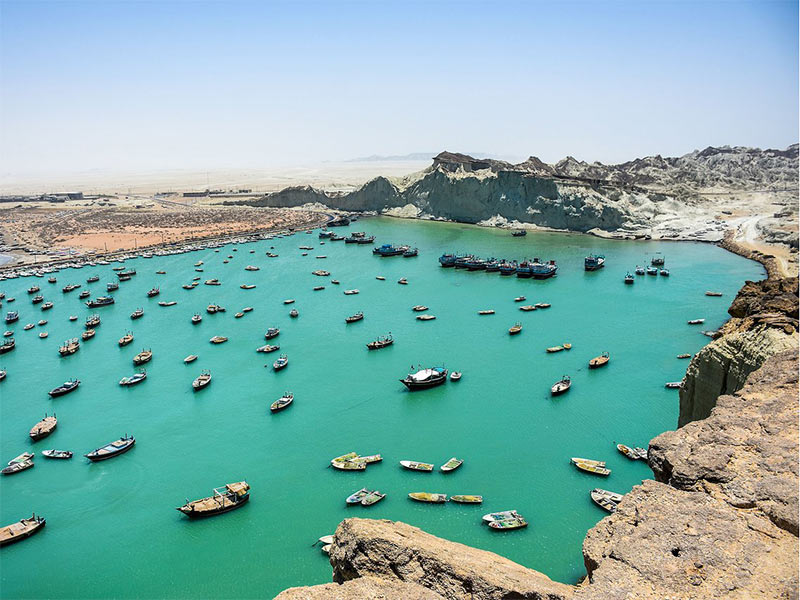Things to do in Kurdistan + Photos
If you are looking for a peaceful trip with beautiful landmarks and astonishing customs among hospitable locals; Kurdistan is the one. Kurdistan, one of the most delightful provinces in Iran, owns Iran’s most breathtaking natures and culture for itself. It might sound cliche but it doesn’t change the fact that Kurdistan is truly a paradise. You can taste delicious Kurdish cuisine in its magnificent villages, walk along the peaceful lakes or even wander around in different places and enjoy the weather. Travelling to Kurdistan will definitely give you the best memories possible in Iran.
Grand Bazaar of Sanandaj
Sanandaj city is the capital of Kurdistan which might be the first place you visit in Kurdistan Province. This city has multiple attractions waiting for you to visit them. Sanandaj Bazaar is one of these attractions which is an old and traditional place filled with colorful Kurdish customary clothes. The shiny and sparkly cloths settled by the walls, give the bazaar such an amazing atmosphere and you will gain so much happiness by just looking around yourself.
The Grand Bazaar of Sanandaj can be visited every day except Fridays from 8 am until 7 pm. We would welcome any inquiry you may have about traveling to Iran, please do not hesitate to contact us at info@idt.ir.

Colorful cloth used in Kurdish women dress, Sanandaj Bazaar
Asif Vaziri Mansion
Kurdish House or Asif Vaziri Mansion is an ancient building from the Safavid dynasty in Sanandaj which is located near the bazaar so you can visit it before or after visiting the bazaar. This monument is considered as the most valuable cultural treasure in Iran. The special brick works and stucco on the walls dates back to Safavid era but more designs were added up to the building in Qajar and Pahlavi dynasties (about 200 years ago) that are really impressive to look at. Inside the mansion, there are various rooms and areas; but the only place that got a lot of attention from its visitors among them all, was the bathroom with a unique Iranian style. In each and every room there are wax statues to represent Kurdish people. Visiting this anthropology museum is an absolutely amazing opportunity to get familiar with Kurdish history, culture, handicrafts and clothes.
You can visit this exciting museum on weekdays from 8 am to 7:30 pm.

Asif Vaziri Mansion, in Sanandaj. It is now a kind of anthropology museum introducing Kurdish culture and history
Zeribar Lake
A lot of rumors have been spreading around about this magnificent lake. Some people believe the lake is hiding an ancient city beneath itself and other people have their own stories to tell about it. Besides the lake’s mystery, there are a lot of fascinating features that attracts many visitors. A lot of visitors usually come to visit the seasonal migration of birds during spring and enjoy their time by the lake while capturing stunning pictures of the seasonal birds. Spring paints the meadows with delight and as the silver-white lake shines bright, birds keep chirping around creating a magical scenery. Climb up the mountains around, to get a better view of the Zeribar lake and take wonderful pictures, for your Facebook or Instagram account. Don’t forget to try the pedal boats in the gigantic lake. There are some local restaurants all around the lake as well which will serve you delicious meals. The barbequed fish that are caught fresh from the lake, is visitors all times favorite. Taste the famous local bread called Kalaneh as well to keep a sweet memory of your trip to Kurdistan. Without doubt, visiting the famous Zeribar lake of Kurdistan is something that nature lovers wouldn’t like to miss.

Zeribar Lake, Kurdistan: Some people believe the lake is hiding an ancient city beneath itself!
Uraman Takht
One of the places in Kurdistan that draws lots of attention to its beautiful nature, is Uraman Takht. High mountains, twisty valleys, sparkling river and soft clouds that fly over your head, makes you feel like flying. If you are visiting Kurdistan in 4th of May or 3rd of February, you will see a traditional custom held by the locals. This historic custom is called Pirshalyar that has been held for over thousands of years. In this custom, sheep or cows will be sacrificed and locals will cook pottages with their meat; meanwhile other locals in their traditional clothes, play the musical instrument called Daf. Daf is a popular and old Kurdish musical instrument that has been used in religious ceremonies all over Iran. Specific clothing of Uraman people along with their kindness and hospitality, provides an amazing opportunity to have a memorable and heavenly amazing experience in Kurdistan.

One of the places in Kurdistan that draws lots of attention to its beautiful nature, is Uraman Takht.
Palangan Village
Palangan village is another stepped village in Iran with extremely friendly locals. Getting familiar with the vast variety of foods, traditional customs and ceremonies only in one village is impressive.
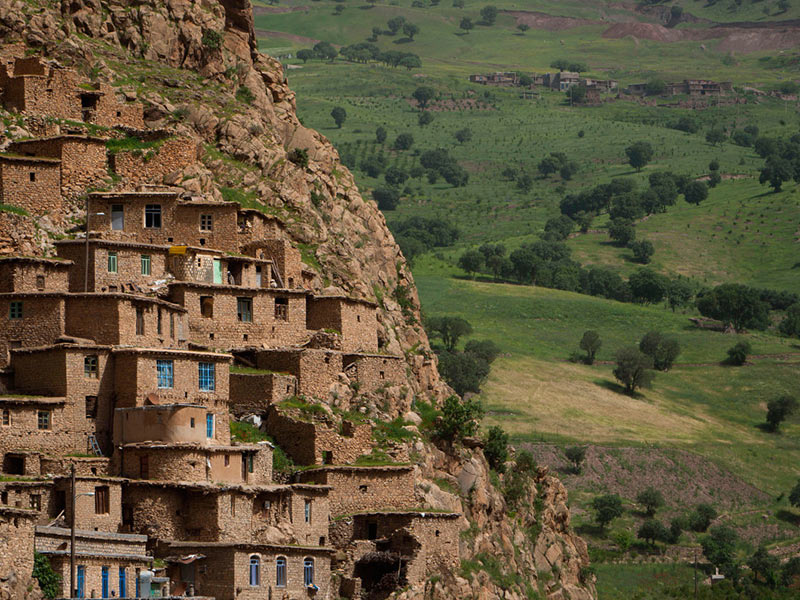
Palangan village is a stepped village in Iran with extremely friendly locals.
Palangan Village has a traditional base, built with stones and bricks in form of stairs architecture. One interesting fact about these type of villages is the way that each houses’ roof, is the upper houses’ yard. The village is located on the slope of mountains and they are occurred on both sides of a river. Beautiful waterfalls and lakes among the green and full trees in Palangan Village, makes the weather so delightful during the day and very chilly at midnight. So if you found a place to stay over the night, make sure to have warm clothes with you.
Are you planning to travel to Iran? Check out our Iran tours.


